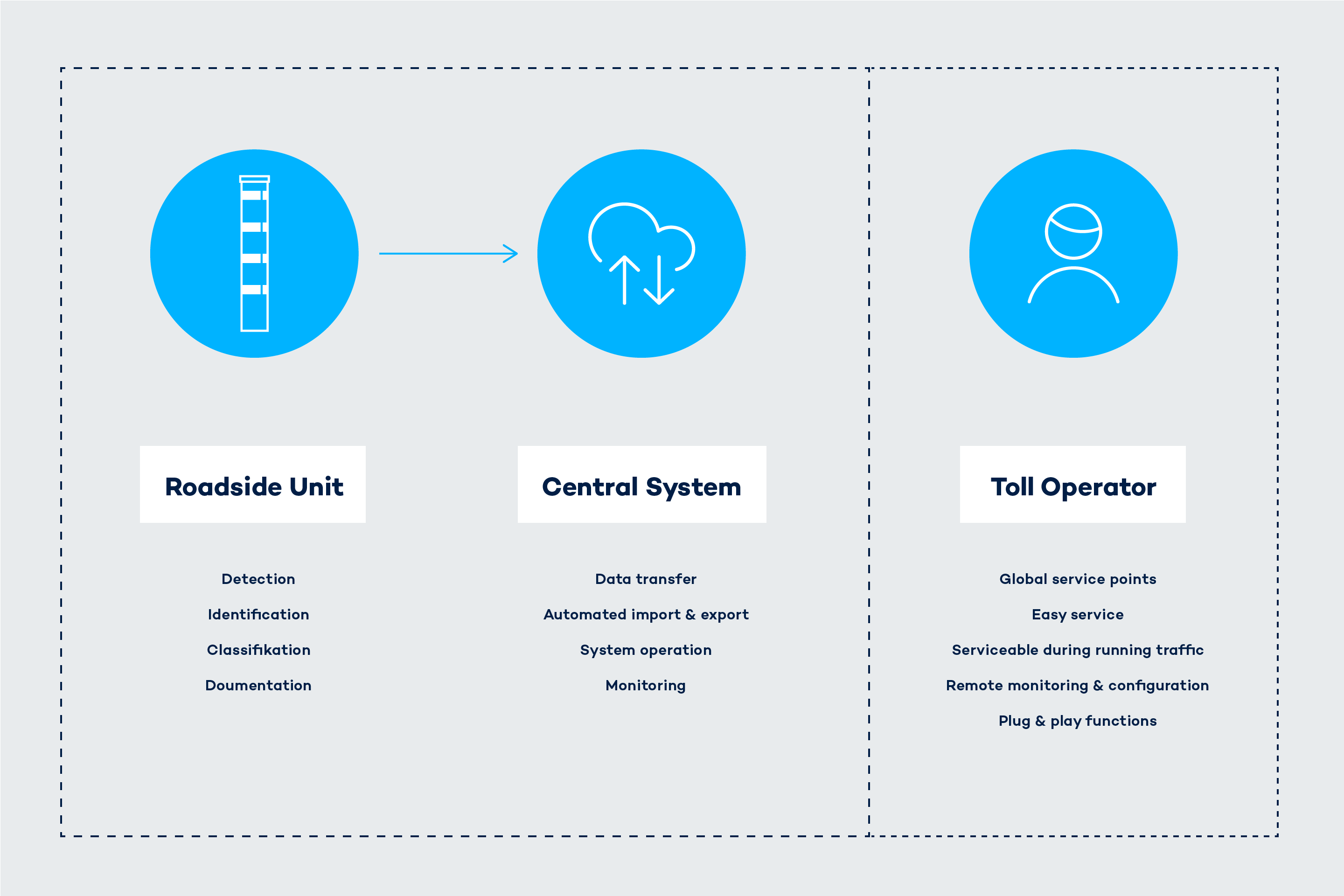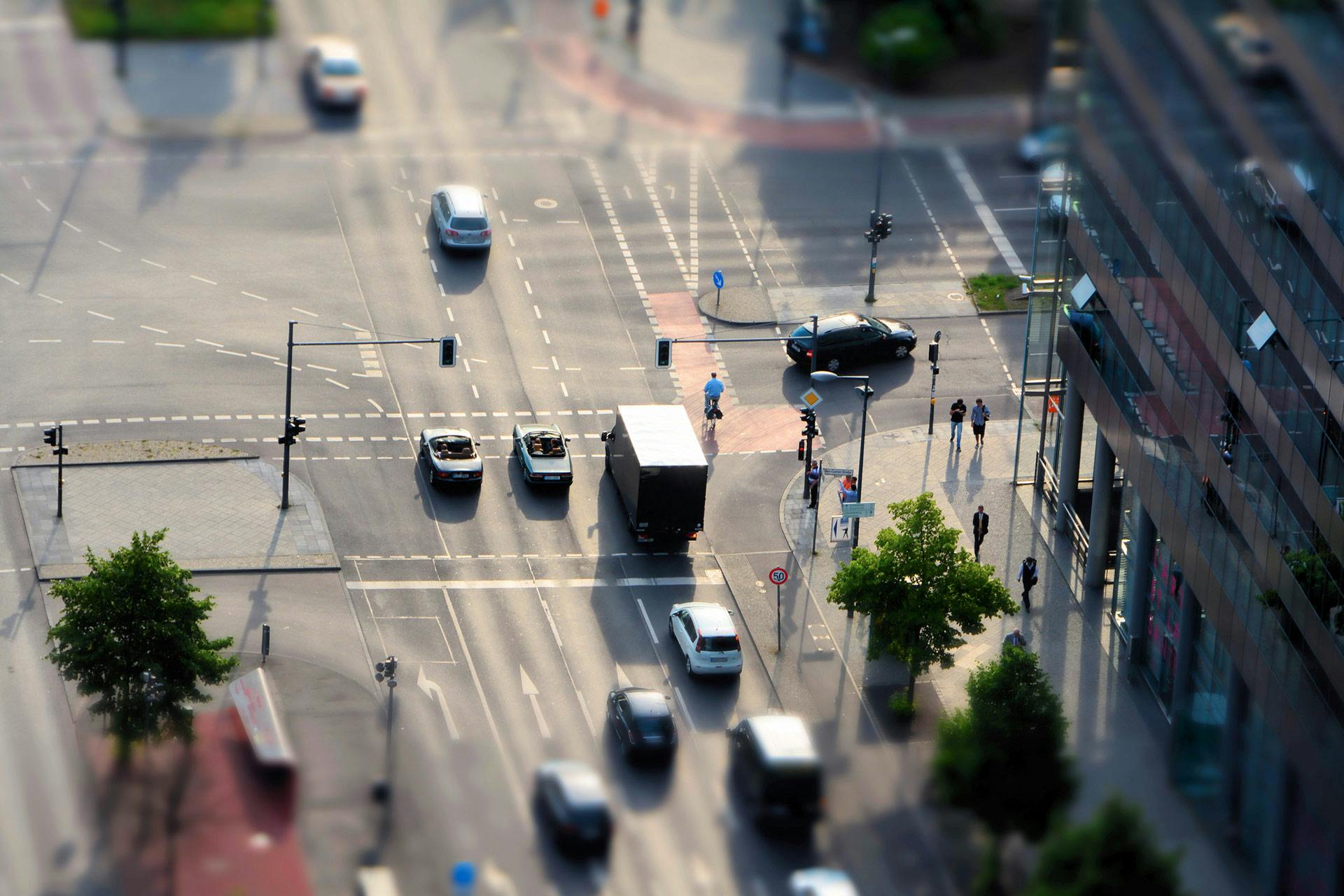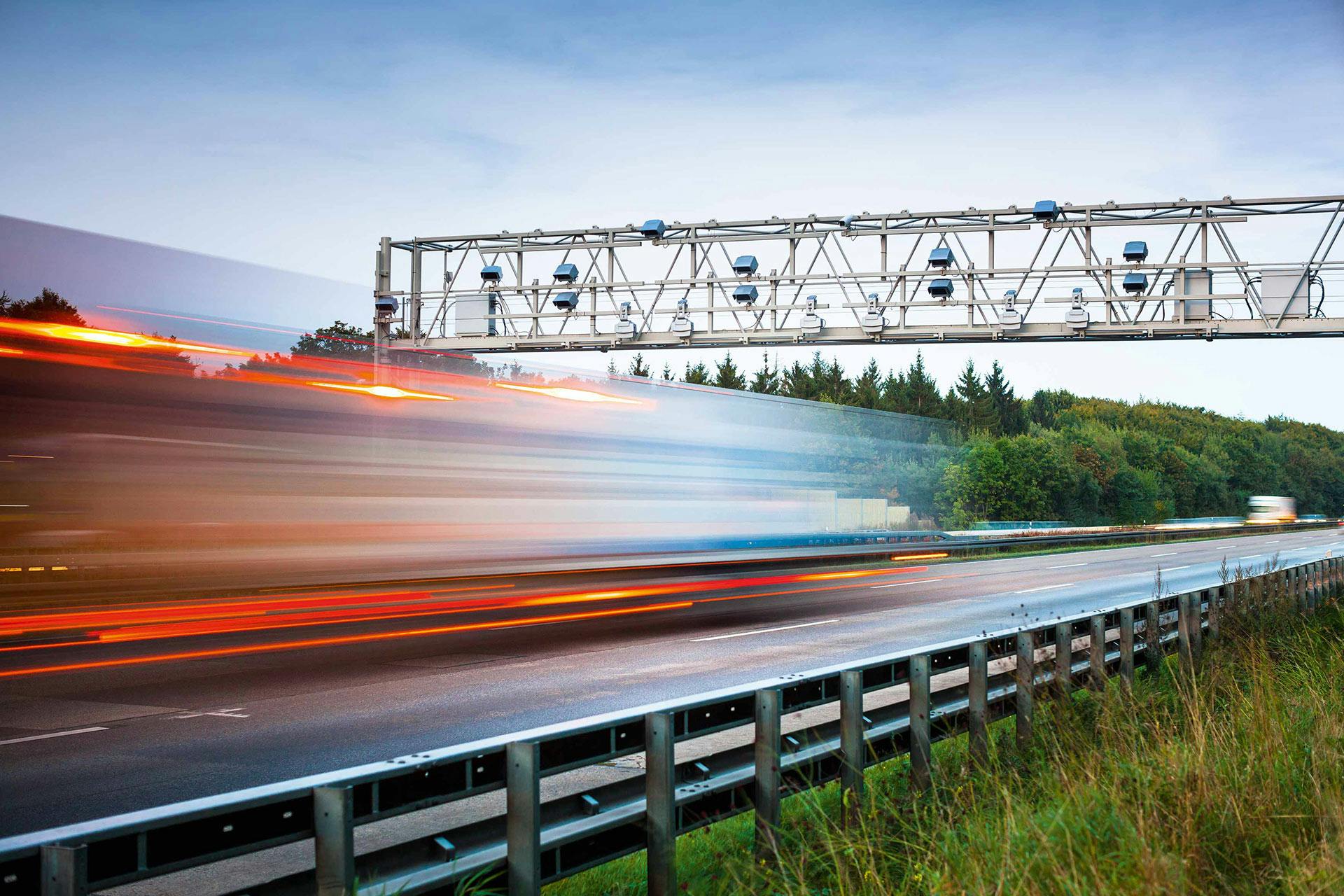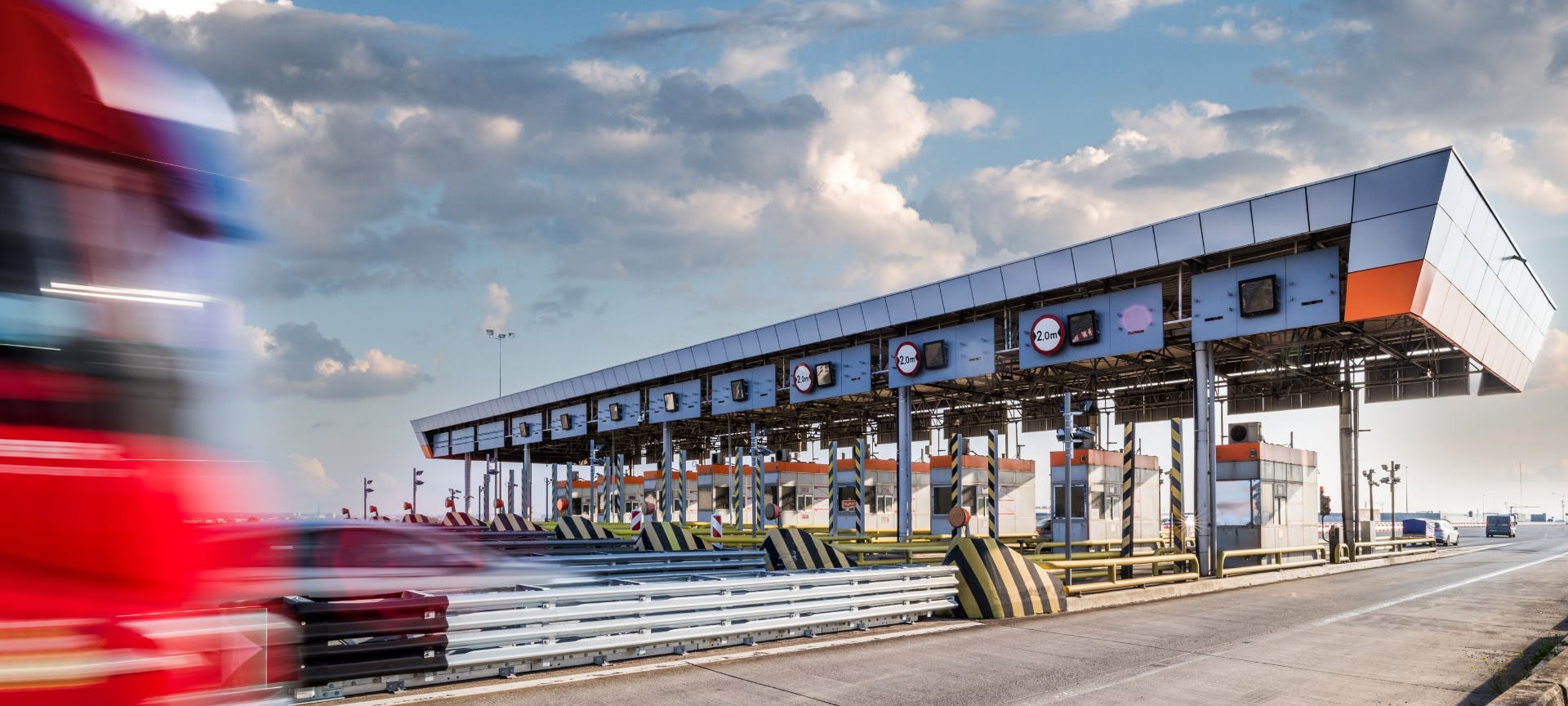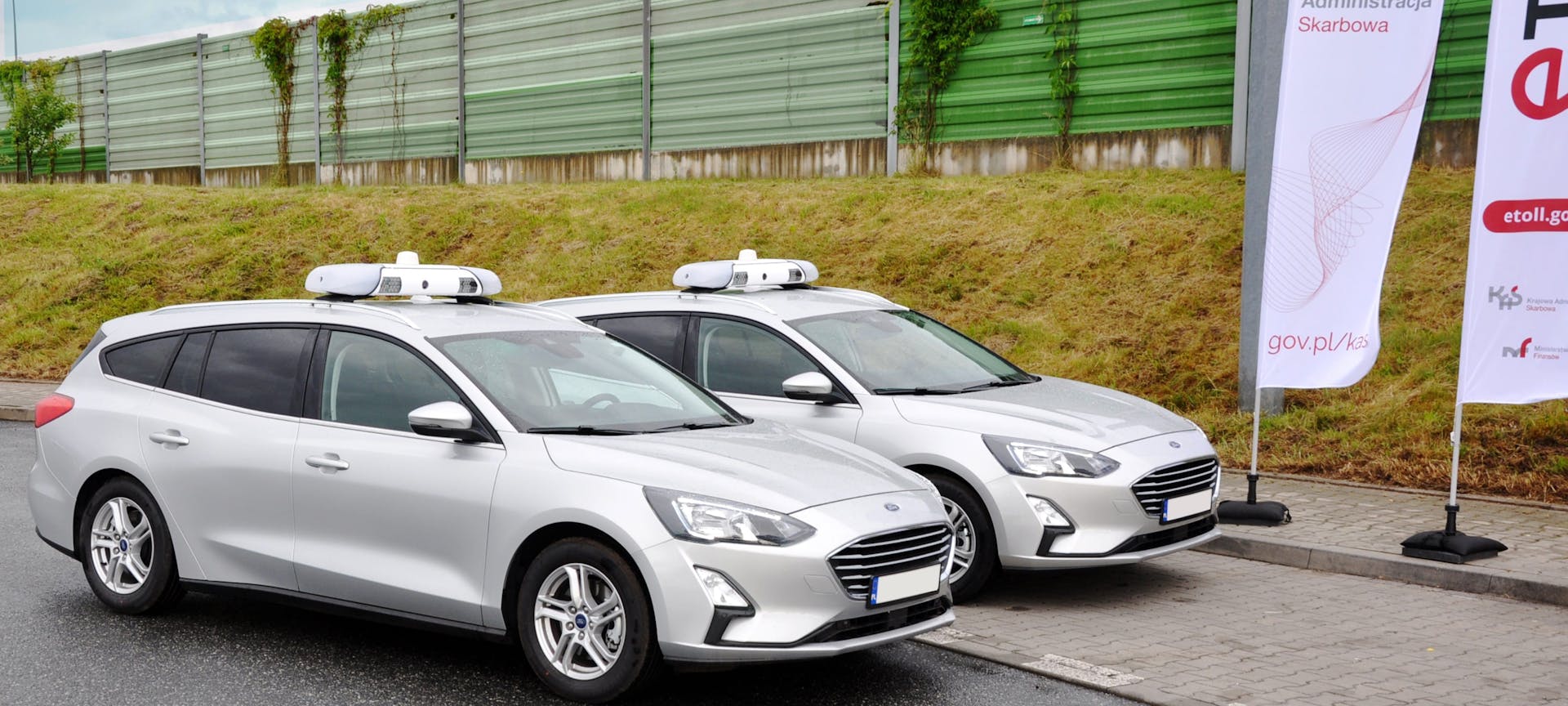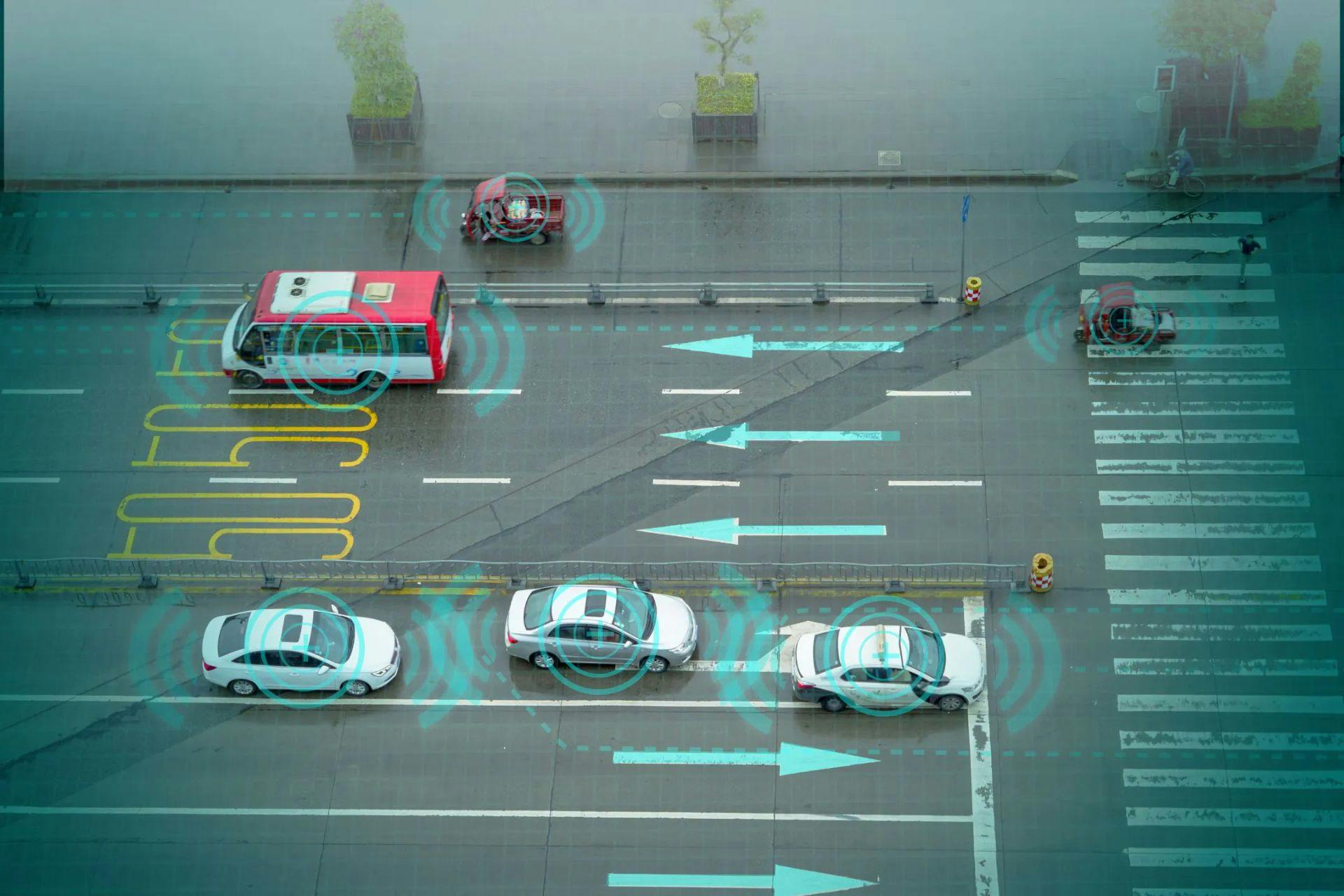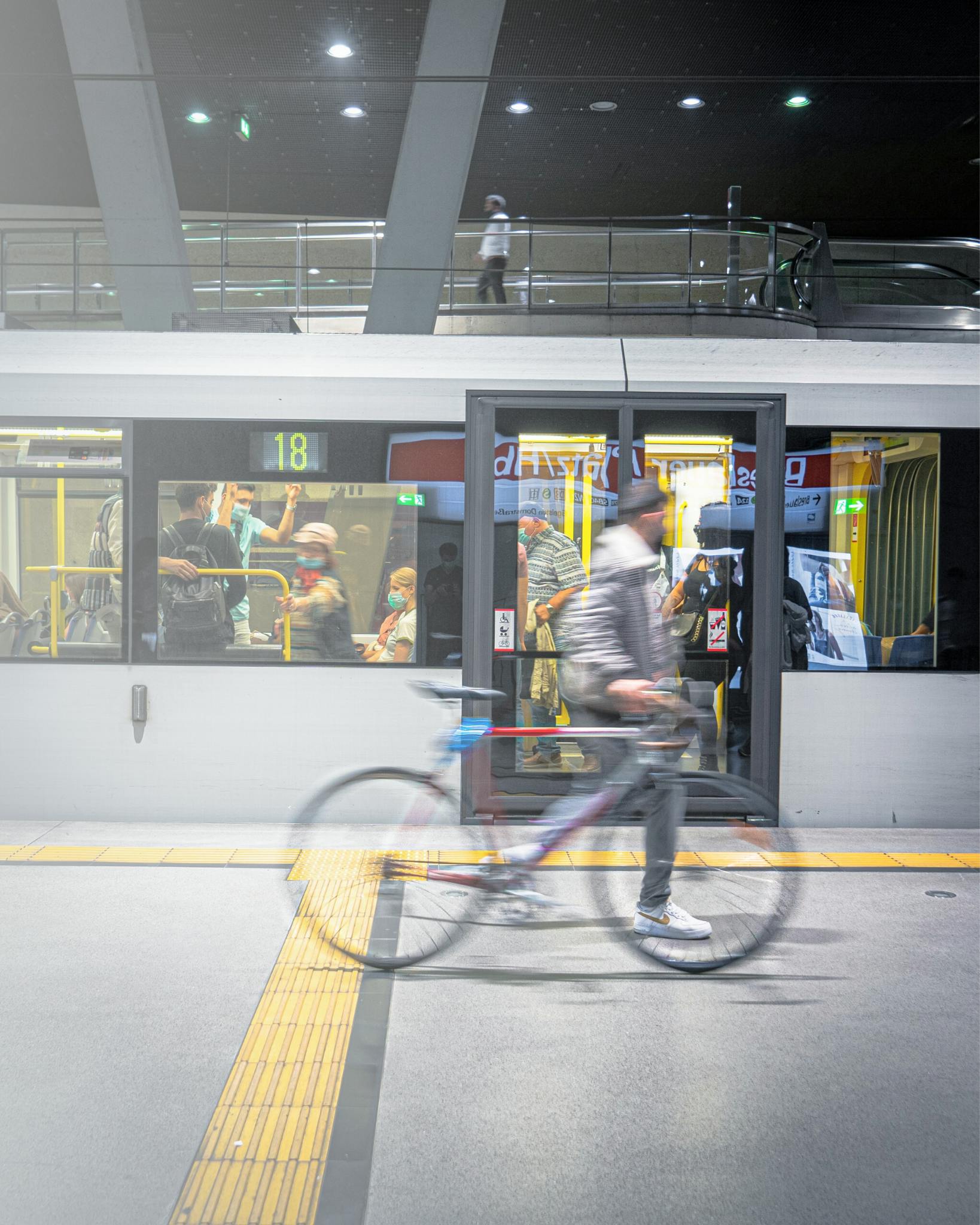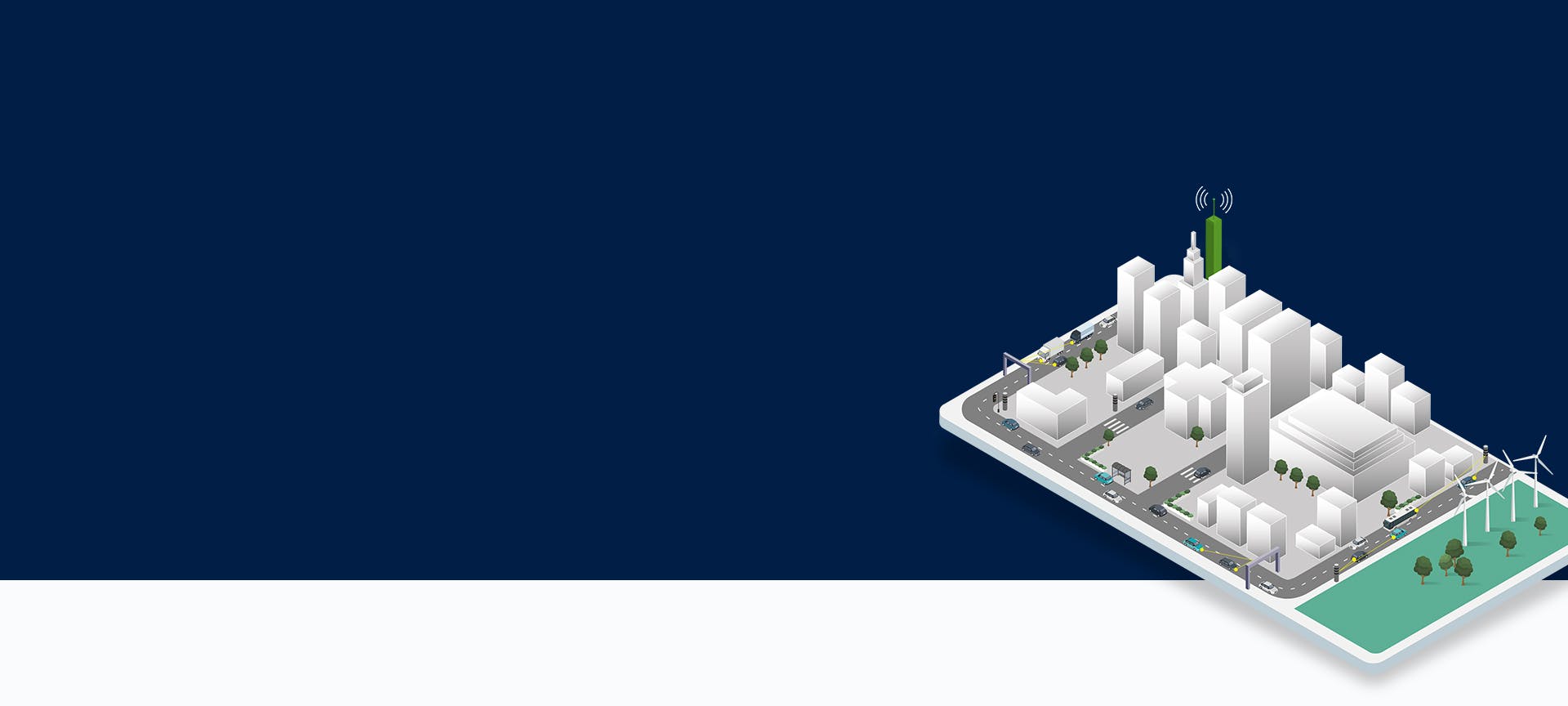

City Toll SystemsUrban transport - fairlypriced!
Customized, Flexible Solutions for City Tolling
City Toll Systems
In city centers, space is becoming an increasingly scarce resource—a fair price must be set to it. City tolling solutions fund infrastructure, guarantee efficient traffic management and reduce air pollution. VITRONIC offers customized solutions and concepts that cover all aspects—from financing, through Customer Relationship Management, to toll enforcement and collection. They enable road charging based on time and distance with the additional option of dynamically adapting them to the current traffic situation, as well as the mapping of many other key parameters.
A Wide Range of City Tolling Options

Toll solutions from VITRONIC always adapt optimally to your needs. We combine standardized technology in such a way that you benefit to the maximum.
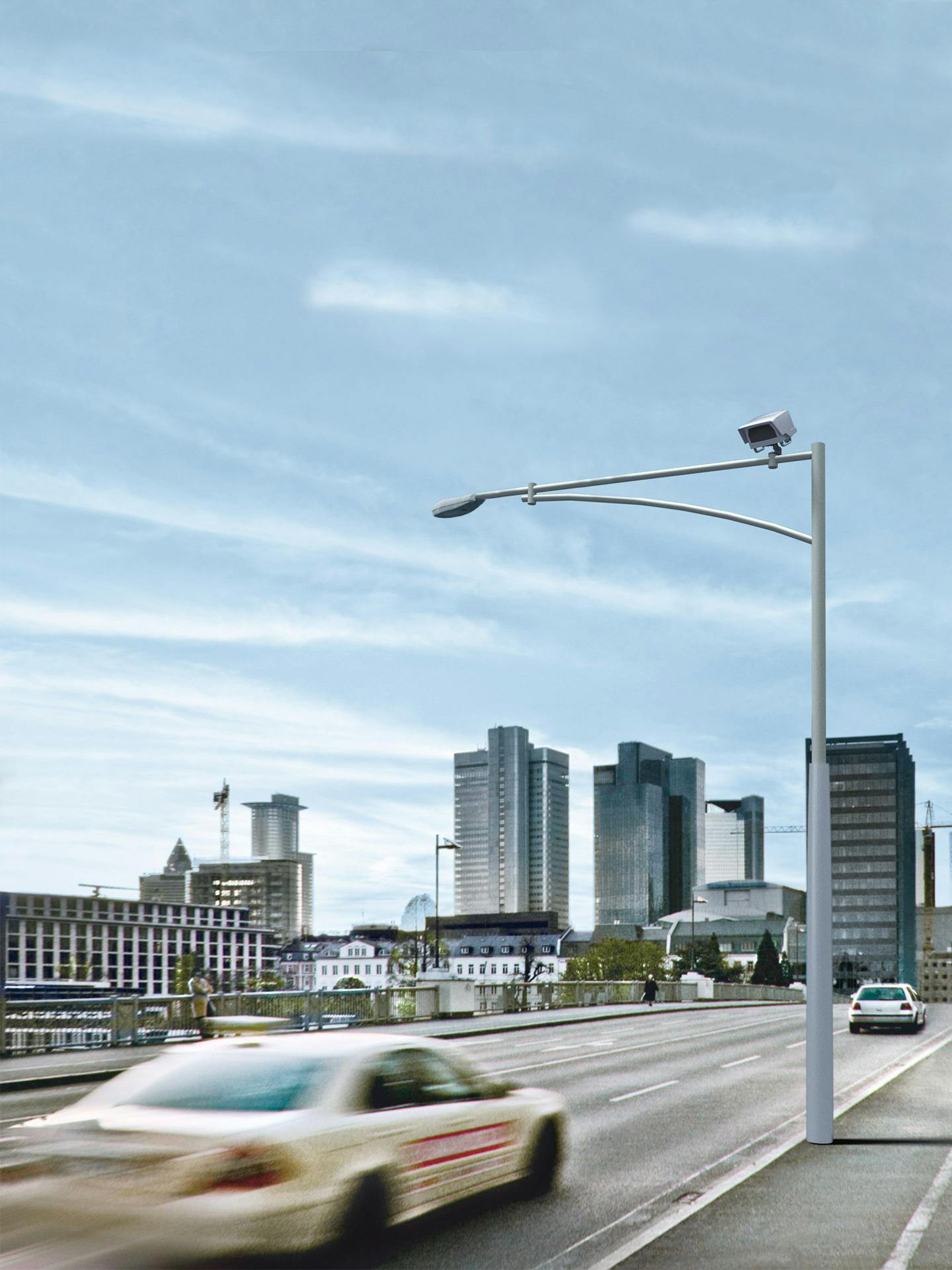
Minimal Effort, Manageable Costs
With free-flow open road tolling, your customers in particular will benefit from the minimal effort it requires. License plates are read when entering and leaving the charging zone and the owners charged accordingly. Vehicles are captured using camera systems and the details sent to a central location, where you can calculate the exact toll and trigger billing of the account specified by the customer.
Users need to register for the system with their license plate and a payment method. The data collected is then used to apply and charge the toll payments. A mobile enforcement unit can also be implemented on a randomized basis.
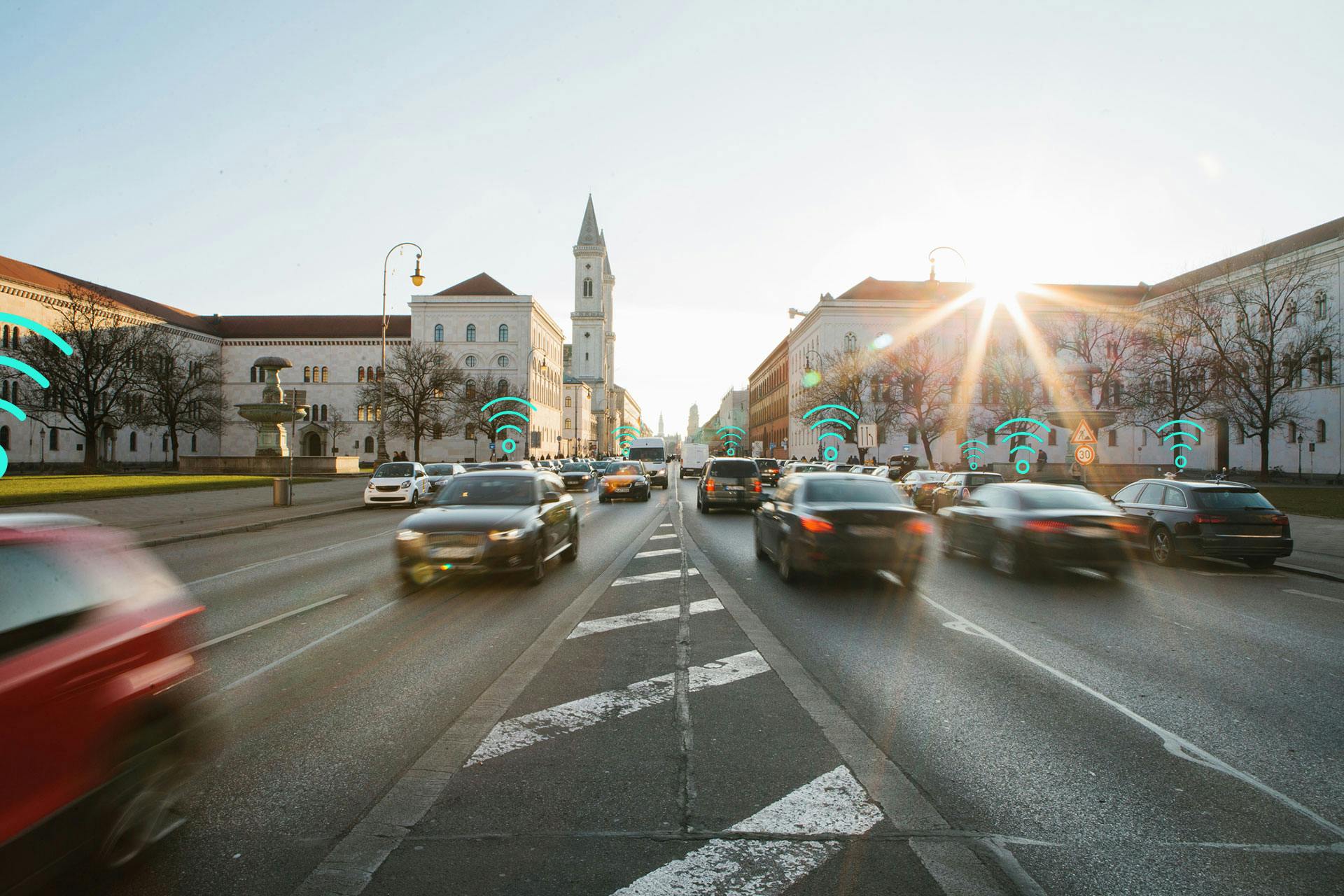
When Performance Matters
The outstanding features of DSRC and RFID solutions are their quality and performance. With personalized DSRC or RFID tags, these are installed in a vehicle and read by the corresponding readers positioned at the point of entry to and exit from the tolling zone, as well as within the zone if necessary.
The data is collected centrally and the customer is charged accordingly. The in-road equipment required is comparable with that used for free-flow open road tolling but the detection rate per image captured is higher.
To ensure acceptance among the population, both mobile, semi-stationary, and fixed tolling points must be used. Vehicles without a tag are not captured by the system, which means that checks also need to be conducted at selected locations.
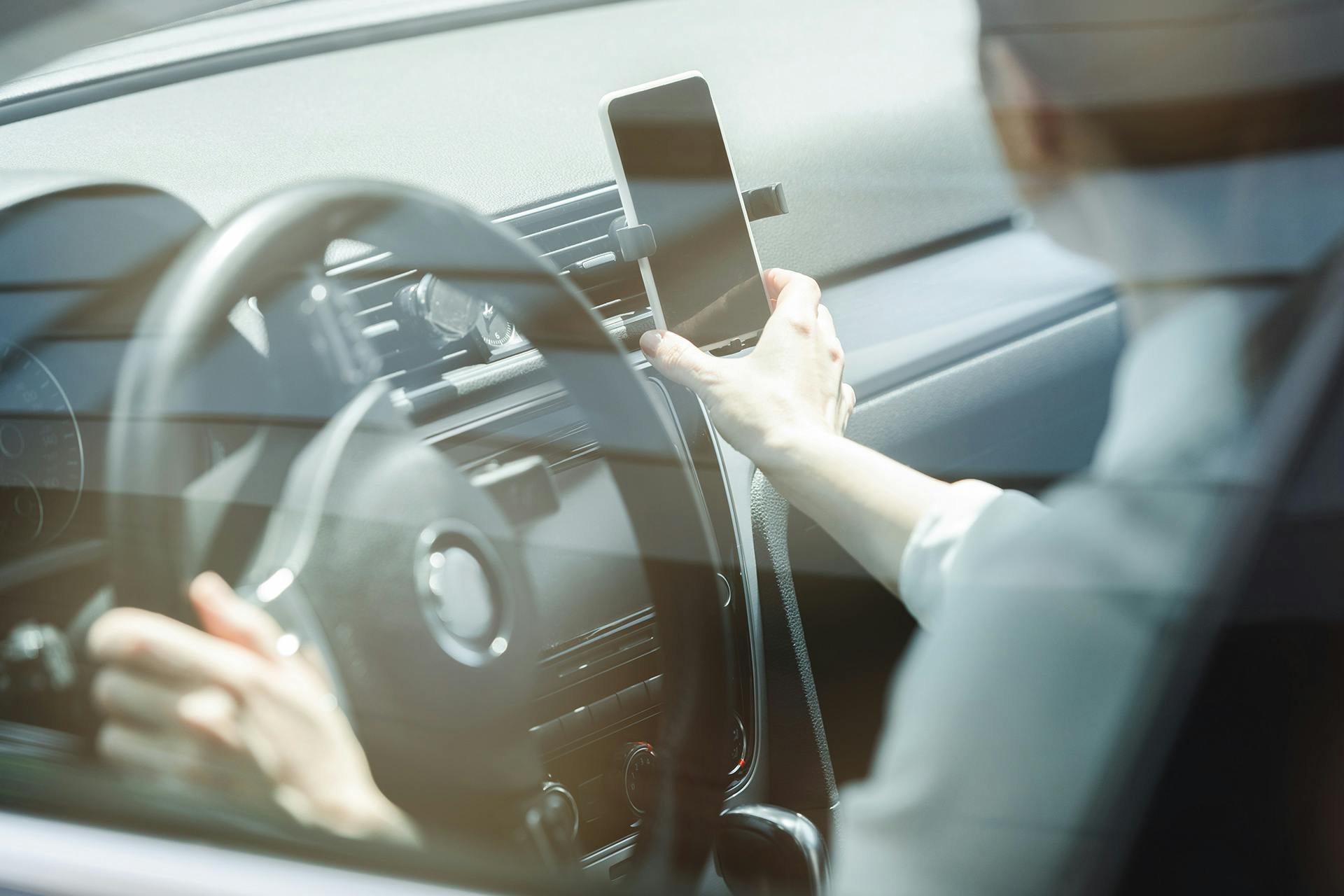
Many Options, Outstanding Performance
If you use GNSS (Global Navigation Satellite System), you can decide whether the data is collected by a separate on-board unit (OBU) or by the customer’s smartphone. The latter option in particular unites cost-efficiency with performance, minimal implementation effort, and ease of extensibility.
For charging purposes, the GPS coordinates are sent to a central processing center, where the exact toll is calculated and the customer billed accordingly. The use of smartphone apps means there's no need to invest in expensive end devices. However, the use of fixed, mobile, and semi-fixed systems is essential to enforcing toll collection with this solution. No in-road equipment is required.

Low Costs, Minimal Implementation Effort
The collection of a flat-rate, annual charge is a fast and efficient method of funding road infrastructure. Flat-rate tolls are collected and enforced using tags or e-tags and the number plate, read automatically. No in-road equipment is required for collection and users simply register with their number plate and payment method.
The challenge with flat-rate solutions is that people may feel they are being treater unfairly, as the flat-rate collection goes against the costs-by-cause principle. Infrequent drivers pay exactly the same amount as frequent drivers. In addition, the toll cannot be used to control traffic volumes.
As an integrator and one-stop supplier, VITRONIC has over 20 years of experience in toll collection and enforcement. We develop the perfect toll systems for you, based on standardized, innovative products. As a result, you benefit from a high degree of flexibility and efficiency. In addition, the high performance of our solutions guarantee cost-efficient operation.
Platforms with Proven Quality
Regardless of your existing infrastructure, VITRONIC solutions can always be adapted to meet your needs. Thanks to our many years of experience, we can create fully customized solutions for you. The technology is based on our existing and proven system platform TOLLCHECKER.
Full Service for your Tolling Business
